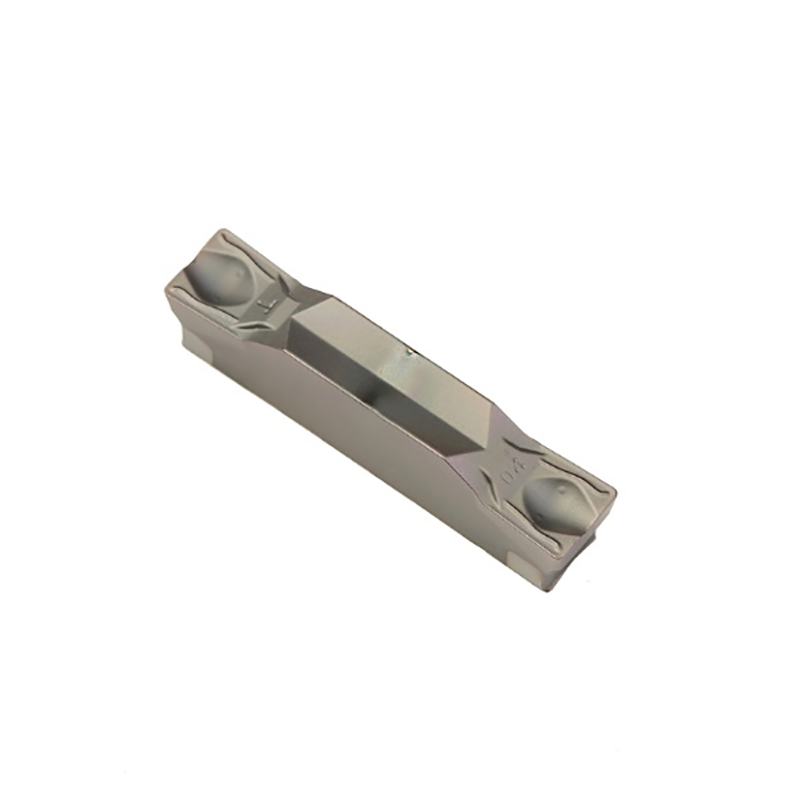When it comes to grooving inserts for cutting tools, choosing the right one can make a significant difference in the efficiency and quality of your machining operations. Grooving inserts are used in a variety of applications, from turning and boring to threading and parting off. With so many options available on the market, it can be overwhelming to determine which grooving insert is best suited for your specific cutting needs. Here are some factors to consider when selecting the right grooving inserts for your cutting operations.
- Material compatibility: One of the most important factors to consider when choosing grooving inserts is the material you will be cutting. Different materials have different properties, such as hardness, toughness, and abrasiveness, which can affect the performance of the insert. For example, if you are cutting a hard material like stainless steel, you will need a grooving insert with a high wear resistance and toughness to withstand the cutting forces. On the other hand, if you are cutting a softer material like aluminum, you may need a grooving insert with a sharper cutting edge for better chip control.
- Cutting conditions: The cutting conditions, such as cutting speed, feed rate, and depth of cut, also play a crucial role in selecting the right grooving insert. Different inserts are designed to perform optimally under specific cutting conditions. For example, if you are cutting at high speeds, you will need a grooving insert with a high heat resistance to prevent thermal cracking. Similarly, if you are using a high feed rate, you will need an insert with a strong cutting edge to withstand the increased cutting forces.
- Chip control: Effective chip control is essential for achieving a smooth surface finish and preventing chip jamming during cutting operations. Grooving inserts with the right chip breaker design can help improve chip control and reduce the risk of tool breakage. Consider the type of chip control you need for your specific application, whether it is continuous chips, segmented chips, or curled chips, and choose an insert with the appropriate chip breaker geometry.
- Tool holder compatibility: Before selecting a grooving insert, make sure it is compatible with your tool holder. Different tool holders have different clamping mechanisms and insert geometries, so it is important to choose an insert that fits securely in your tool holder to prevent vibration and tool runout. Check the manufacturer’s specifications to ensure compatibility between the insert and tool holder.
- Budget considerations: While it is important to choose a high-quality grooving insert that meets your cutting requirements, it is also essential to consider your budget constraints. There are various options available at different price points, so it is important to strike a balance between cost and performance. Consider the overall cost of the insert, including the initial purchase price and the cost per cutting edge, to determine the best value for your cutting needs.
In conclusion, choosing the right grooving inserts for your cutting needs requires careful consideration of material compatibility, cutting conditions, chip control, tool holder compatibility, and budget constraints. By taking these factors into account, you can select a grooving insert that will optimize your cutting operations and improve efficiency and quality. Consult with a cutting tool expert or manufacturer for guidance on selecting the best grooving insert for your specific application.
Post time: Jul-12-2024

